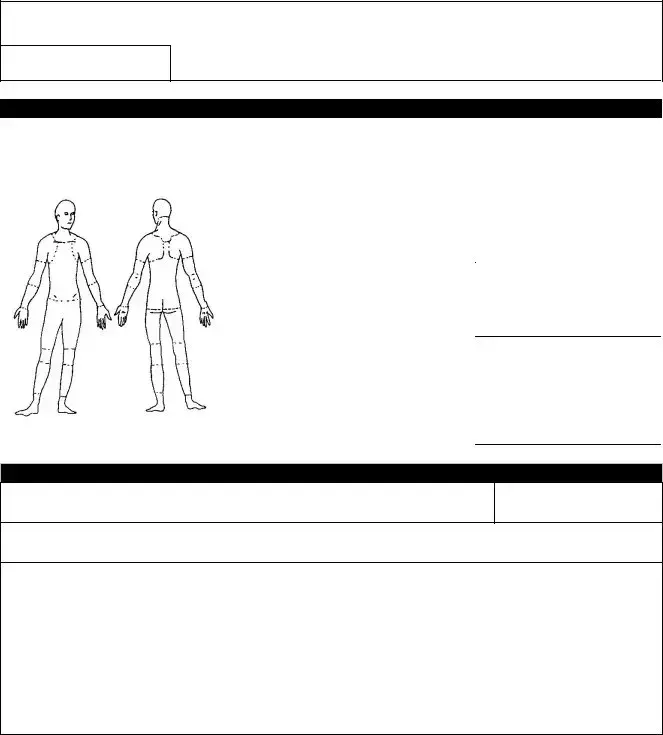Instructions on Utilizing Employee Accident Report
After gathering all the necessary information about the incident, you are now ready to complete the Employee Accident Report form. This report is important for documenting the accident and ensuring that proper procedures are followed.
- Begin by entering the date and time of the accident in the designated fields.
- Provide your name and contact information, including your job title and department.
- Describe the location where the accident occurred. Be specific about the address or area within the workplace.
- Clearly outline what happened during the incident. Include details such as actions taken before the accident, any equipment involved, and environmental factors.
- List any witnesses to the accident, including their names and contact information.
- Note any injuries sustained during the incident. Be as detailed as possible.
- Indicate whether medical attention was required. If so, provide the name of the healthcare professional or facility that was involved.
- Sign and date the form at the bottom, confirming the accuracy of the information provided.
Once you’ve completed the form, submit it to the appropriate supervisor or HR representative. This will initiate the next steps in addressing the incident according to company policy.


